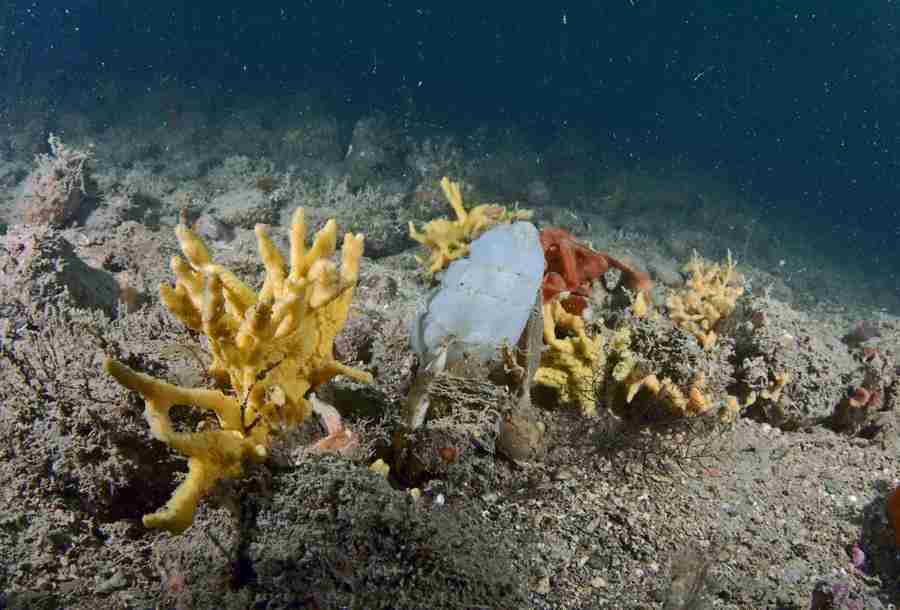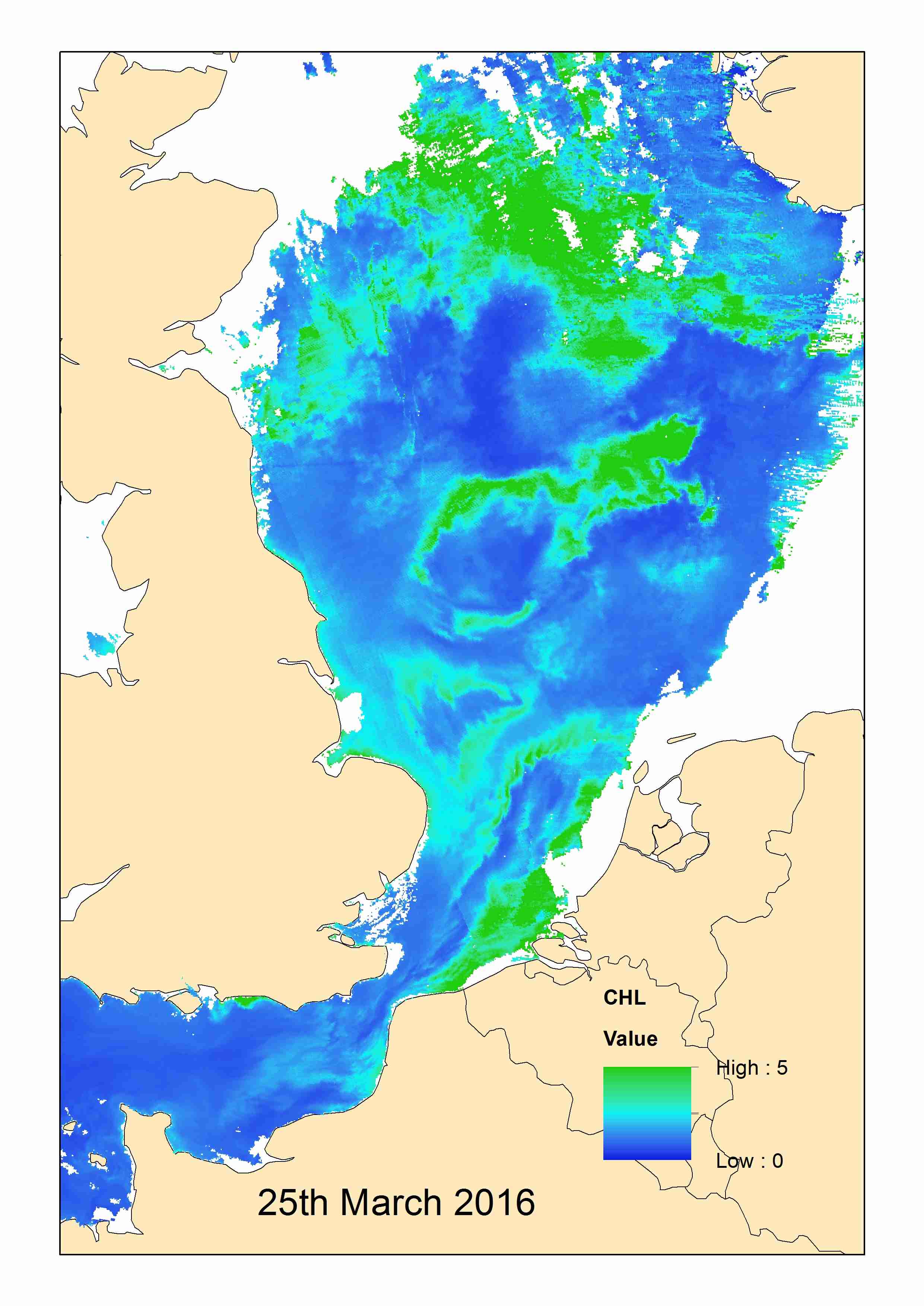Dr Krysia Mazik K.Mazik@hull.ac.uk
Senior Lecturer. Marine Biology
Dr Krysia Mazik K.Mazik@hull.ac.uk
Senior Lecturer. Marine Biology
Dr Jorg Hardege
Dr Charlotte Hopkins Charlotte.Hopkins@hull.ac.uk
Senior Lecturer Marine Biology
Dr Rodney Forster R.Forster@hull.ac.uk
Professor
Dr Thomas Breithaupt T.Breithaupt@hull.ac.uk
Emeritus Fellow
Professor Robert Dorrell
Professor Daniel Parsons
Dr Agota Mockute
Dr Bryony Caswell
Meeting energy demands in the most sustainable way is a major challenge for society. Offshore wind farms - groupings of wind turbines on submerged sediments - offers part of the solution for the energy transition that is needed to mitigate climate change, and the UK has committed to a dramatic and rapid expansion of wind farms in the seas around the UK. However, shelf sea sediments host diverse and productive communities that play a very important role in processing nutrients and carbon that underpin the entire food web. Many species are also important prey items for higher trophic levels, including sea mammals and birds. At the same time, many sediment-dwelling species, such as clams, worms, shrimp and some fish are so intimately associated with the sediment environment that they are particularly susceptible to disturbance. This raises concern as the expansion of offshore wind currently underway means that marine ecosystems are highly likely to experience a large proportional change in biodiversity and ecosystem functioning if marine policy and the management of increasing pressures on UK marine ecosystems is not correctly guided.
In this project, we have assembled marine ecologists, engineers and computational scientists to work together to understand ecosystem responses to the cumulative pressures of a large increase in deployment of offshore wind, considered in combination with other pressures that marine ecosystems are facing caused by human activity (bottom fishing, shipping) and the effects of climate change (acidification, warming, low oxygen). To do this, we will collate available data on many aspects of the marine environment and fill in gaps in these data by collecting targeted information about how species interact and behave around offshore wind structures using autonomous vehicles and use artificial intelligence algorithms to identify any associations and patterns. This analysis will also tell us which species are vulnerable to change and highlight areas of concern. Next, we will carry out a series of experiments that will test whether representative species are susceptible to certain types of noise and vibration, electromagnetism and localised heating which are common sources of disturbance associated with wind farms. We will also bring back intact assemblages from areas experiencing different levels of fishing intensity and expose them to the same pressures to see whether species that are experiencing one set of pressures will respond in the same way as those that are not experiencing other pressures. This will tell us how species respond under current conditions, but the pace of climate change means that an additional set of pressures will also effects these species. Hence, we will carry out the same experiments under simulated future conditions (warmer and with altered seawater chemistry). The results of these experiments will tell us whether species benefit or are compromised by certain combinations of pressures, and our expectation is that some species and communities will fair better than others. We will use this information to develop models that allow us to predict how other species that we have not considered, but which share similar traits, may respond. To do this we will use sophisticated statistical models that take into account wider information and make predictions about what marine systems in the future might look like in the future under different scenarios of habitat use, human activity and climate change. In a final step, we will develop a decision support tool that will allow the complexities, including positive and negative feedbacks, to be taken into account by decision and policy makers so they can see the likely consequences of consenting offshore wind in specific locations. Our tool will support the sustainable growth of the offshore wind industry by helping decision makers to make informed decisions that minimise pressure on our marine ecosystems.
| Type of Project | Standard |
|---|---|
| Status | Project Live |
| Funder(s) | Natural Environment Research Council |
| Value | £612,236.00 |
| Project Dates | Apr 1, 2023 - Mar 31, 2027 |
Sustainable Intensification of Rice Agriculture in Vulnerable Mega-Deltas: A Global Challenge’ May 1, 2017 - Apr 30, 2019
The world's major river deltas - hotspots of agricultural production that support rural livelihoods and feed much of the global population - are facing a major sustainability crisis. This is because they are under threat from being 'drowned' by risin...
Read More about Sustainable Intensification of Rice Agriculture in Vulnerable Mega-Deltas: A Global Challenge’.

NE-IFCA bait-digging MSc. Jan 1, 2017 - Sep 30, 2018
North-East IFCA have applied for funding from Defra to investigate bait-digging pressure in the region. A one-year studentship with IECS supervision has been proposed.
Evidence based approach to effect of decommissioning on MPA conservation and ecosystem services Feb 1, 2017 - Jan 31, 2018
Building on existing frameworks, we will develop a Decision Steering Document (DSD) which contains a transparent, defendable and more streamlined procedure for identifying and assessing scientific evidence. The DSD will facilitate decision-making for...
Read More about Evidence based approach to effect of decommissioning on MPA conservation and ecosystem services.

Sublittoral rock indicator: spatial correlation between environmental conditions and biological data Jan 1, 2017 - Jun 1, 2018
The Joint Nature Conservation Committee (JNCC) wish to develop and calibrate the ‘morphological diversity of sponge assemblages plus anthozoan species composition and abundance’ indicator for the monitoring of sublittoral rock. Initial analysis of So...
Read More about Sublittoral rock indicator: spatial correlation between environmental conditions and biological data.

DataCube Service for Copernicus Jan 1, 2018 - Dec 31, 2021
DCS4COP will enable U HULL to build on the previous HIGHROC project and further develop supply chains for satellite earth observation for marine and coastal users. The products arising will be used to build services which can be offered to our existi...
Read More about DataCube Service for Copernicus.
About Repository@Hull
Administrator e-mail: repository@hull.ac.uk
This application uses the following open-source libraries:
Apache License Version 2.0 (http://www.apache.org/licenses/)
Apache License Version 2.0 (http://www.apache.org/licenses/)
SIL OFL 1.1 (http://scripts.sil.org/OFL)
MIT License (http://opensource.org/licenses/mit-license.html)
CC BY 3.0 ( http://creativecommons.org/licenses/by/3.0/)
Powered by Worktribe © 2025
Advanced Search